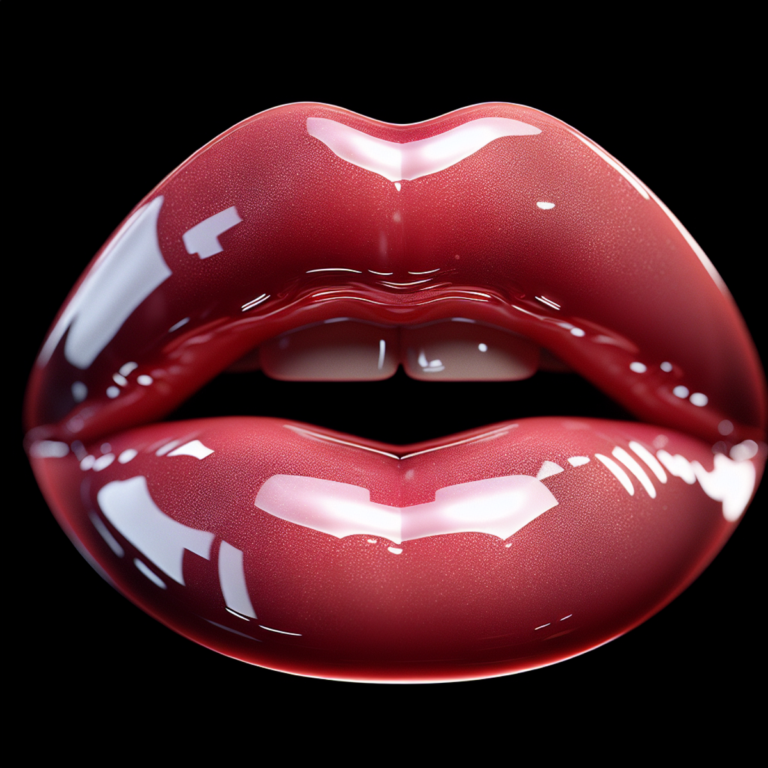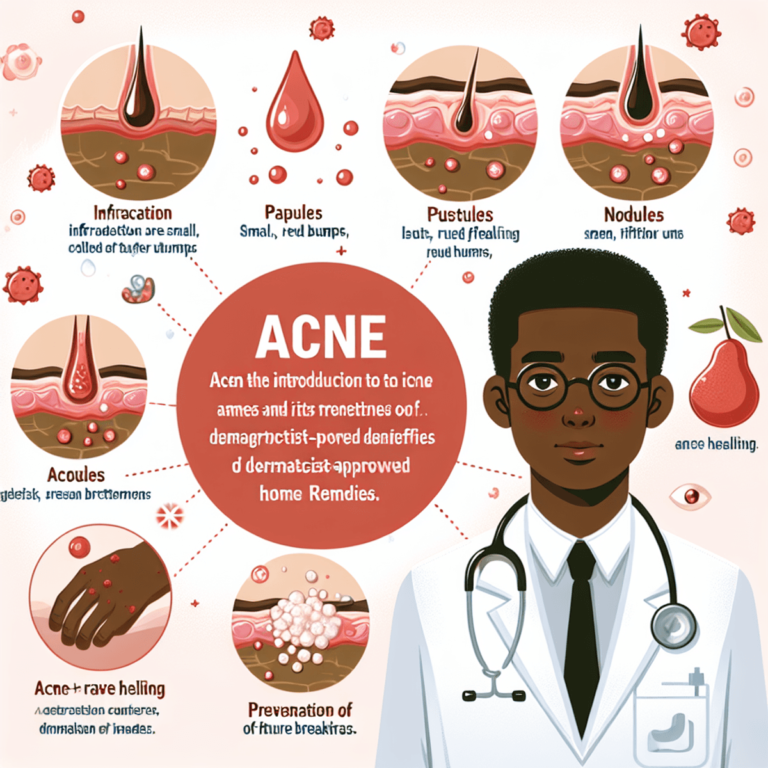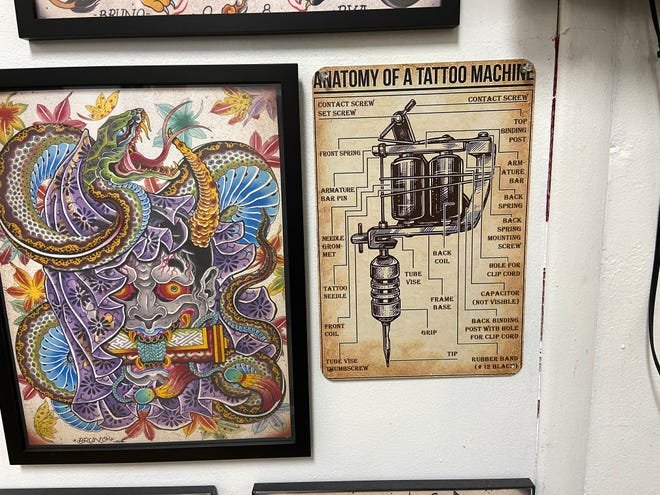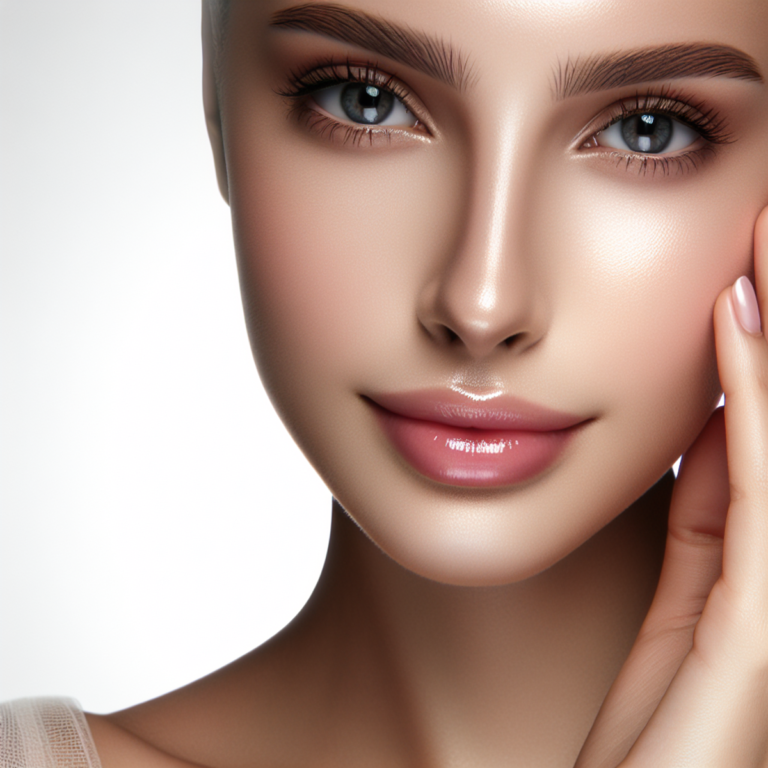How to get rid of pimples
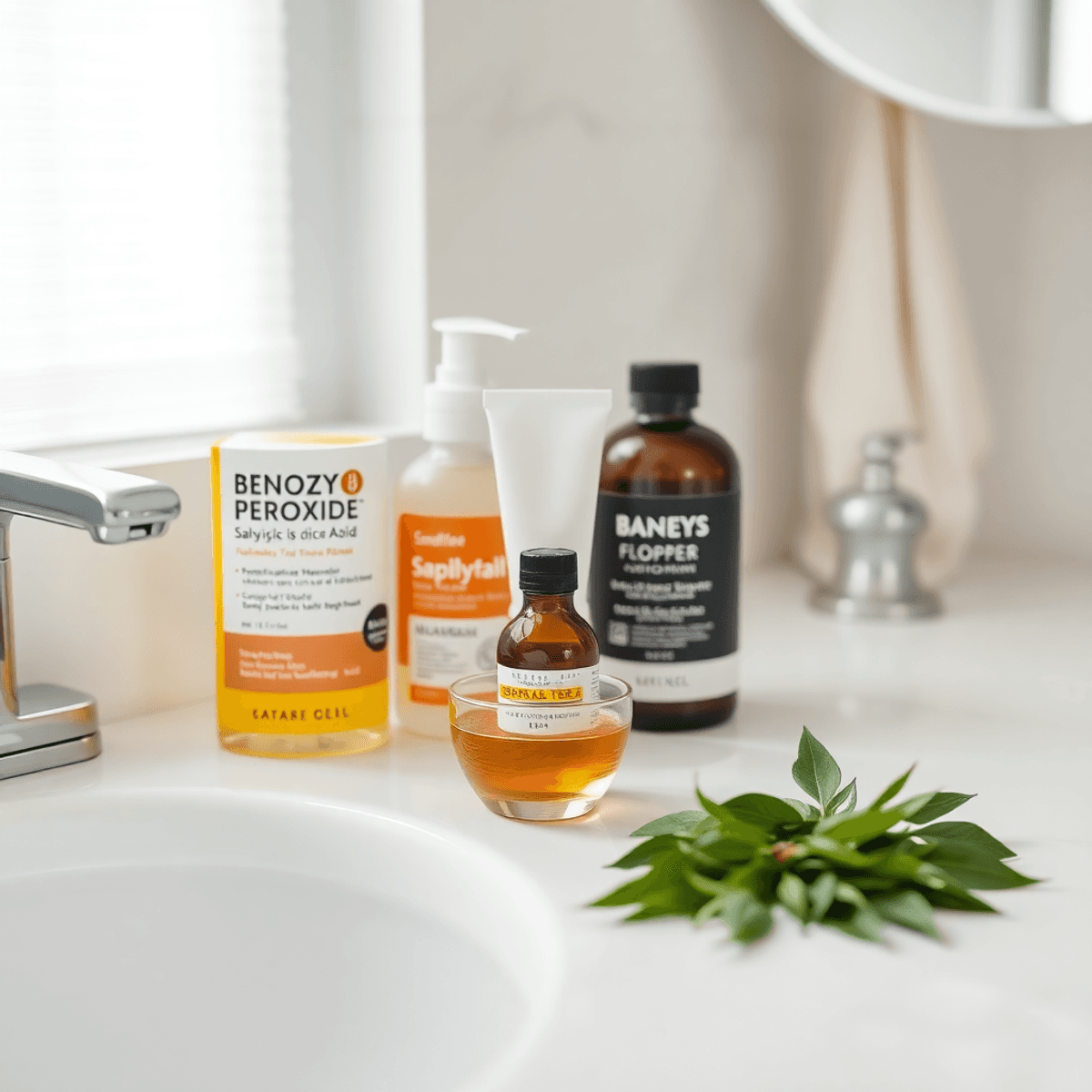
Introduction
Struggling with pimples? You’re not alone. This common skin condition affects millions worldwide, appearing on various body parts from the face to buttocks. The good news? Multiple effective treatment options exist to help you achieve clear, healthy skin.
Your journey to pimple-free skin starts with understanding the available solutions:
- Topical Treatments: Over-the-counter products containing proven ingredients like benzoyl peroxide and salicylic acid
- Natural Solutions: Time-tested remedies using ingredients from your kitchen, such as tea tree oil and green tea
- Professional Interventions: Prescription medications and specialized treatments for severe cases
- Lifestyle Modifications: Strategic changes in diet, stress management, and skincare routines
The secret to successfully eliminating pimples lies in adopting a comprehensive approach. Rather than relying on a single solution, combining different treatment methods yields the best results. This means incorporating appropriate topical treatments, exploring natural remedies, making necessary lifestyle adjustments, and seeking professional help when needed.
Ready to transform your skin? This guide walks you through proven strategies to tackle pimples effectively, from quick solutions for occasional breakouts to long-term prevention methods. You’ll discover how to address specific concerns like forehead bumps, pimple marks, and stubborn scars while learning to prevent future breakouts.
Understanding Pimples
Pimples are small, inflamed bumps that develop when your skin’s pores become clogged with oil, dead skin cells, and bacteria. These unwanted blemishes can appear anywhere on your body, though they commonly affect the face, back, and chest areas.
Three main factors contribute to pimple formation:
- Excess Sebum Production: Your skin naturally produces oil (sebum) to stay hydrated. When your body creates too much sebum, it can trap dead skin cells inside your pores.
- Dead Skin Cell Buildup: Your skin regularly sheds dead cells. These cells can mix with excess oil and become trapped in your pores.
- Bacterial Growth: P. acnes bacteria thrive in clogged pores, leading to inflammation and infection.
The Hormonal Connection
Hormonal fluctuations trigger increased sebum production in your skin. These changes occur during:
- Puberty
- Menstrual cycles
- Pregnancy
- Stress periods
- Certain medical conditions
Types of Pimples
Whiteheads
- Closed comedones
- White or flesh-colored bumps
- Caused by trapped oil and dead skin cells
- Respond well to topical treatments
Blackheads
- Open comedones
- Dark appearance due to oxidation
- Need regular exfoliation
- Benefit from pore-clearing treatments
Papules
- Small, red, tender bumps
- No visible pus
- Early inflammatory stage
- Require gentle treatment to prevent scarring
Pustules
- Red bumps with white/yellowish centers
- Contain pus
- More inflamed than papules
- Respond to spot treatments with benzoyl peroxide
Nodules
- Large, painful bumps deep under skin
- No visible head
- Can last weeks or months
- Need professional treatment
- Largest and most severe type
- Deep, painful, fluid-filled lesions
- High risk of scarring
- Requires dermatologist intervention
- Often needs prescription medication
Each type of pimple requires specific treatment approaches. It’s worth noting that the underlying causes of acne can be varied and complex; for a deeper understanding of what causes acne, you might find this resource helpful – What Causes Acne?.
Topical Treatments for Pimples
Over-the-counter (OTC) topical treatments serve as your first line of defense against pimples. These readily available solutions target different aspects of acne formation, from excess oil to bacteria buildup.
Benzoyl Peroxide Benefits
- Kills acne-causing bacteria beneath the skin
- Reduces inflammation and redness
- Available in strengths from 2.5% to 10%
- Works best for inflammatory acne and pustules
Salicylic Acid Power
- Penetrates deep into pores to remove dead skin cells
- Prevents future clogs from forming
- Ideal for blackheads and whiteheads
- Available in concentrations from 0.5% to 2%
How to Apply Topical Treatments Effectively
Application Steps
- Cleanse your face with a gentle, non-comedogenic cleanser
- Pat skin dry with a clean towel
- Apply a pea-sized amount of treatment to affected areas
- Wait 2-3 minutes for absorption before applying moisturizer
- Use sunscreen during daytime applications
Treatment Schedule
- Start with once-daily application
- Gradually increase to twice daily if skin tolerates well
- Apply treatments at consistent times (morning/evening)
- Space out different active ingredients by 20-30 minutes
Application Tips
- Spot treat individual pimples for targeted results
- Avoid mixing benzoyl peroxide with retinoids
- Use white towels/pillowcases (benzoyl peroxide bleaches fabric)
- Don’t layer multiple acne treatments simultaneously
Common Application Mistakes to Avoid
- Using too much product
- Applying to dirty skin
- Skipping moisturizer
- Inconsistent application
- Giving up too soon
Expected Timeline
- Mild improvement: 2-3 weeks
- Significant results: 8-12 weeks
- Full benefits: 3-4 months of consistent use
Your skin needs time to adjust to topical treatments. Start with lower concentrations and increase strength gradually. Watch for signs of irritation such as redness, peeling, or excessive dryness, and adjust usage accordingly.
Natural Remedies for Pimples
Nature offers powerful solutions for treating pimples effectively. These time-tested remedies can complement your existing skincare routine with gentle yet potent ingredients found right in your kitchen.
1. Tea Tree Oil Treatment
- Mix 1-2 drops of tea tree oil with 12 drops of carrier oil (jojoba or coconut oil)
- Apply directly to pimples using a cotton swab
- Use twice daily after cleansing
- Tea tree oil’s natural antibacterial properties help kill acne-causing bacteria
2. Green Tea Benefits
- Rich in antioxidants called polyphenols
- Reduces inflammation and sebum production
- Apply cooled green tea bags directly to affected areas for 5-10 minutes
- Create a green tea toner by steeping tea and storing in a spray bottle
3. Ice Application Method
- Wrap ice in a clean cloth
- Hold against pimples for 1-2 minutes
- Repeat 3-4 times with 5-minute breaks
- Helps reduce swelling and redness immediately
DIY Natural Treatments at Home
- 1 tablespoon raw honey
- 1/4 teaspoon turmeric powder
- Apply for 10-15 minutes
- Use 2-3 times weekly
Apple Cider Vinegar Toner
- 1 part apple cider vinegar
- 3 parts water
- Apply with cotton ball after cleansing
- Store in glass bottle for up to 2 weeks
Aloe Vera Treatment
- Extract fresh aloe gel from leaf
- Apply directly to pimples
- Leave overnight
- Rinse in morning
Safety Tips for Natural Treatments
- Always patch test new ingredients on your inner arm
- Use fresh, clean ingredients
- Avoid applying citrus-based remedies before sun exposure
- Stop use if irritation occurs
- Store DIY treatments properly to prevent contamination
Kitchen Ingredients for Spot Treatment
- Raw honey: Natural antibacterial properties
- Cinnamon: Anti-inflammatory effects
- Plain yogurt: Contains beneficial probiotics
Prescription Treatments for Severe Cases
Persistent or severe acne requires professional intervention. You need to consult a dermatologist if:
- Your acne doesn’t improve after 12 weeks of over-the-counter treatment
- You develop deep, painful cysts or nodules
- Your acne causes emotional distress
- You notice scarring
A dermatologist can prescribe powerful medications tailored to your specific condition:
Topical Prescription Medications
- Tretinoin: Unclogs pores and promotes cell turnover
- Adapalene: Reduces inflammation and prevents pore blockage
- Clindamycin: Fights acne-causing bacteria
- Azelaic acid: Targets both inflammation and hyperpigmentation
Oral Medications
- Antibiotics: Doxycycline or minocycline combat bacterial infection
- Isotretinoin: Reserved for severe cases, treats deep cystic acne
- Birth control pills: Help regulate hormonal acne in women
- Spironolactone: Blocks androgen hormones that trigger breakouts
Specialized Treatments for Cystic Acne
Cystic acne demands targeted treatment approaches:
Corticosteroid Injections
- Direct injection into inflamed cysts
- Reduces swelling within 24-48 hours
- Prevents scarring
- Best for isolated cysts
Combination Therapy
- Oral antibiotics + topical treatments
- Hormone therapy + anti-inflammatory medications
- Regular chemical peels or light therapy
- Customized skincare routine
Professional Extraction
For those with persistent cystic acne, professional extraction may be recommended. This involves the safe removal of deep-seated cysts under sterile conditions, thereby reducing the risk of scarring and providing immediate relief from pressure and pain.
Your dermatologist might also recommend supplementary treatments:
- Chemical peels to remove dead skin cells
- Blue light therapy to kill acne-causing bacteria
- Laser treatments for active acne and scarring
- Regular facials with medical-grade products
The success of prescription treatments depends on:
- Consistent use as prescribed
- Regular follow-ups with your dermatologist
Establishing an Effective Skincare Routine
Your daily skincare routine plays a crucial role in preventing and managing pimples. A well-structured routine helps maintain clear, healthy skin by removing excess oil, dead skin cells, and bacteria that contribute to breakouts.
Essential Steps for Your Daily Routine
1. Morning Routine
- Cleanse with lukewarm water
- Apply alcohol-free toner
- Use lightweight, oil-free moisturizer
- Finish with broad-spectrum SPF 30+ sunscreen
2. Evening Routine
- Double cleanse (oil-based cleanser followed by water-based cleanser)
- Apply active ingredients (benzoyl peroxide, salicylic acid)
- Use night moisturizer
- Spot treat any existing pimples
Proper Face Washing Technique
Your cleansing technique impacts your skin’s health. Follow these steps:
- Use clean hands or a fresh washcloth
- Massage cleanser in circular motions for 60 seconds
- Pay extra attention to the T-zone
- Rinse thoroughly with lukewarm water
- Pat dry with a clean towel
Avoiding Irritants in Skincare Products
Certain ingredients can trigger breakouts or irritate sensitive skin. Watch out for these common irritants:
Ingredients to Avoid:
- Artificial fragrances
- Alcohol (denatured)
- Coconut oil
- Lanolin
- Mineral oil
- Isopropyl myristate
Choosing Non-Comedogenic Products
Non-comedogenic products are specifically formulated to avoid clogging pores. Look for these skin-friendly ingredients:
Beneficial Ingredients:
- Hyaluronic acid
- Niacinamide
- Ceramides
- Glycerin
- Salicylic acid
- Alpha-hydroxy acids (AHAs)
Product Application Order
The sequence of applying your skincare products matters:
- Cleanser
- Toner
- Treatment serums
- Moisturizer
- Sunscreen (morning only)
Tips for Maximum Effectiveness
Lifestyle Changes to Prevent Pimples
Your daily habits play a crucial role in managing and preventing pimples. Research shows stress triggers hormonal changes that increase oil production, leading to breakouts. Here’s how you can make effective lifestyle changes:
1. Stress Management Techniques
- Practice deep breathing exercises for 5-10 minutes daily
- Engage in regular physical activity
- Get 7-9 hours of quality sleep each night
- Try meditation or mindfulness apps
- Take regular breaks during work
2. Diet Modifications for Clearer Skin
- Reduce high-glycemic foods (white bread, sugary snacks)
- Include zinc-rich foods: pumpkin seeds, lean meats, legumes
- Add omega-3 fatty acids through: fatty fish, chia seeds, walnuts
3. Additional Lifestyle Tips
- Change pillowcases weekly to prevent bacteria buildup
- Keep hair clean and away from face
- Stay hydrated with 8-10 glasses of water daily
- Avoid touching your face throughout the day
- Clean phone screens regularly to reduce bacteria transfer
These adjustments complement your skincare routine by addressing internal factors affecting skin health. Studies indicate that implementing these changes can reduce breakout frequency by up to 50%.
FAQs (Frequently Asked Questions)
What are the common causes of pimples?
Pimples are commonly caused by clogged pores, excess oil production, bacteria, and hormonal changes. Understanding these factors can help in effectively managing and preventing breakouts.
How can I get rid of pimples overnight?
To get rid of pimples overnight, you can apply topical treatments containing benzoyl peroxide or salicylic acid. Additionally, using ice to reduce swelling and inflammation may also help. However, results can vary based on skin type and pimple severity.
What natural remedies are effective for treating pimples?
Popular natural remedies include tea tree oil for its antibacterial properties, green tea for skin health, and ice application to temporarily reduce swelling. Home remedies like masks or scrubs made from simple kitchen ingredients can also be effective.
When should I seek professional help for my acne?
You should consider seeking professional help from a dermatologist if you experience severe acne that does not respond to over-the-counter treatments, persistent cystic acne, or if you have concerns about scarring or skin health.
How does my lifestyle affect the occurrence of pimples?
Lifestyle factors such as stress levels and diet play a significant role in the occurrence of pimples. Managing stress through relaxation techniques and maintaining a balanced diet can help in reducing breakouts.
What skincare routine is recommended to prevent pimples?
A consistent skincare routine is crucial for preventing breakouts. This includes properly cleansing your face with non-comedogenic products, avoiding irritants, and regularly moisturizing to maintain skin health.


